Biology Bacteria Worksheet
If you're a biology student looking for an efficient way to reinforce your understanding of bacteria, look no further than the Biology Bacteria Worksheet. This worksheet provides a comprehensive collection of questions and exercises that cover various topics within the realm of bacteria, making it an ideal resource for students seeking to improve their knowledge and grasp on this essential subject.
Table of Images 👆
- Virus and Bacteria Worksheet Answers
- Kingdom Fungi Coloring Worksheet Answer
- Evolution Review Worksheet Answer Key
- Natural Selection Worksheet Answers
- Prokaryote Bacteria Cell Coloring
- Viruses and Bacteria Worksheets
- Prokaryotic and Eukaryotic Cells Chart
- Levels of Organization Biology Worksheet
- Plant and Animal Cell Venn Diagram
- Principles of Evolution Answer Key Chapter 10
What are bacteria?
Bacteria are single-celled microorganisms that can be found virtually everywhere on Earth. They come in various shapes and sizes, and can be both harmful and beneficial to humans and the environment. Bacteria play important roles in processes such as decomposition, nitrogen fixation, and food production, but can also cause diseases in humans, animals, and plants.
How do bacteria reproduce?
Bacteria reproduce asexually through a process called binary fission, in which a single bacterial cell divides into two identical daughter cells. During binary fission, the DNA of the bacterial cell replicates, and the cell elongates before splitting into two separate cells, each containing a copy of the genetic material. This rapid and efficient method of reproduction allows bacteria to multiply quickly and colonize new environments.
What are the different shapes of bacteria?
Bacteria can come in various shapes, including spherical (cocci), rod-shaped (bacilli), spiral (spirilla), and comma-shaped (vibrio). These shapes can also exist in different variations, such as clusters, chains, pairs, or solitary cells, depending on the species of bacteria.
How do bacteria move?
Bacteria can move using various methods, including flagella, which are whip-like appendages that rotate to propel the bacteria forward, or pili, which are hair-like structures that help them attach to surfaces or other cells and then pull themselves along. Other bacteria can also move by "twitching," a process that involves extending and retracting pili to drag themselves across a surface. Additionally, some bacteria can move by “gliding,” where they use slime or other mechanisms to slide along surfaces.
What is the cell structure of bacteria?
Bacteria are prokaryotic organisms, which means they lack a true nucleus and membrane-bound organelles. The typical cell structure of bacteria consists of a cell wall surrounding the cytoplasm, which contains the genetic material in the form of a single, circular chromosome. Some bacteria also have additional structures such as flagella for movement, pili for attachment, and a capsule for protection.
What are the different types of bacteria?
Bacteria can be broadly classified into five main groups based on their shape: cocci (spherical), bacilli (rod-shaped), spirilla (spiral-shaped), vibrio (comma-shaped), and spirochetes. These shapes can further be divided into various species based on characteristics such as Gram staining, metabolism, and ability to cause disease.
How do bacteria obtain nutrition?
Bacteria obtain nutrition by absorbing nutrients from their surrounding environment using various mechanisms such as diffusion, active transport, and secretion of enzymes. They can break down organic matter in their environment, such as sugars, proteins, and fats, to obtain the necessary nutrients for growth and survival. Additionally, some bacteria can also engage in symbiotic relationships with other organisms for obtaining nutrition.
What are the impacts of bacteria on the environment?
Bacteria have both positive and negative impacts on the environment. Some bacteria play a crucial role in nutrient cycling, decomposition of organic matter, and nitrogen fixation, contributing to soil fertility and ecosystem health. On the other hand, certain bacteria can cause diseases in plants, animals, and humans, leading to negative impacts on ecosystems and public health. Additionally, bacteria can contribute to pollution through the breakdown of pollutants and the production of greenhouse gases, affecting air and water quality. Overall, the intricate interactions of bacteria with the environment highlight their importance in maintaining ecological balance and the need for understanding and managing their impacts.
What are some beneficial roles of bacteria?
Bacteria play a crucial role in various ecosystems and industries, including helping to break down organic matter and recycle nutrients in the environment, aiding in digestion and producing essential vitamins in the gastrointestinal tract of animals and humans, playing a key role in nitrogen fixation for plant growth, and producing antibiotics and other compounds that have medical applications. Additionally, bacteria are used in bioremediation to clean up pollutants and contaminants in the environment, as well as in food production processes such as fermentation.
What are some harmful effects of bacteria on humans?
Some harmful effects of bacteria on humans include causing infections such as pneumonia, urinary tract infections, and food poisoning. Bacteria can also lead to chronic conditions like tuberculosis and bacterial meningitis. Additionally, bacteria can produce toxins that harm the body, leading to symptoms such as fever, diarrhea, and vomiting. Antibiotic-resistant bacteria pose a serious threat to human health by making infections harder to treat effectively.
Have something to share?
Who is Worksheeto?
At Worksheeto, we are committed to delivering an extensive and varied portfolio of superior quality worksheets, designed to address the educational demands of students, educators, and parents.

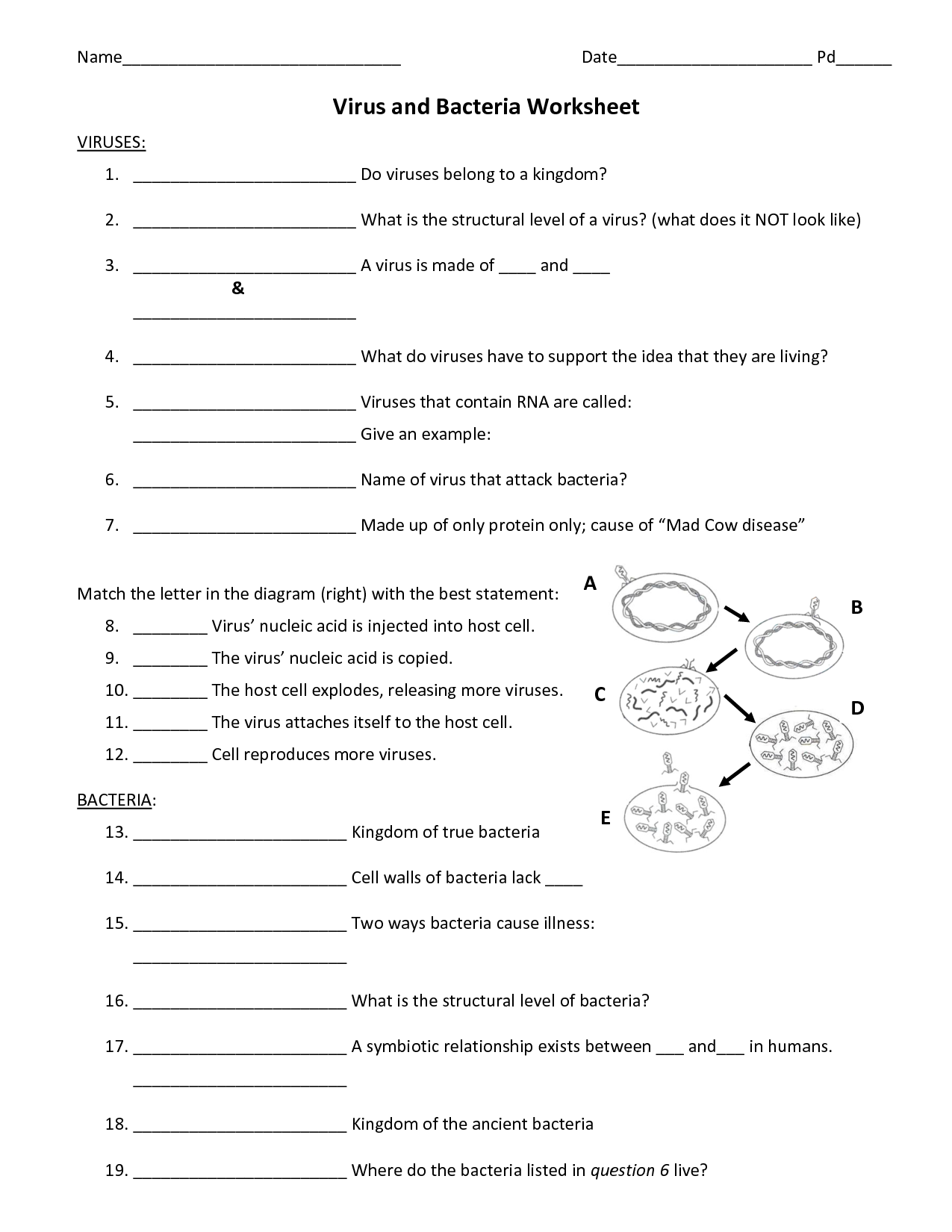



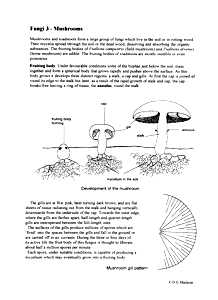

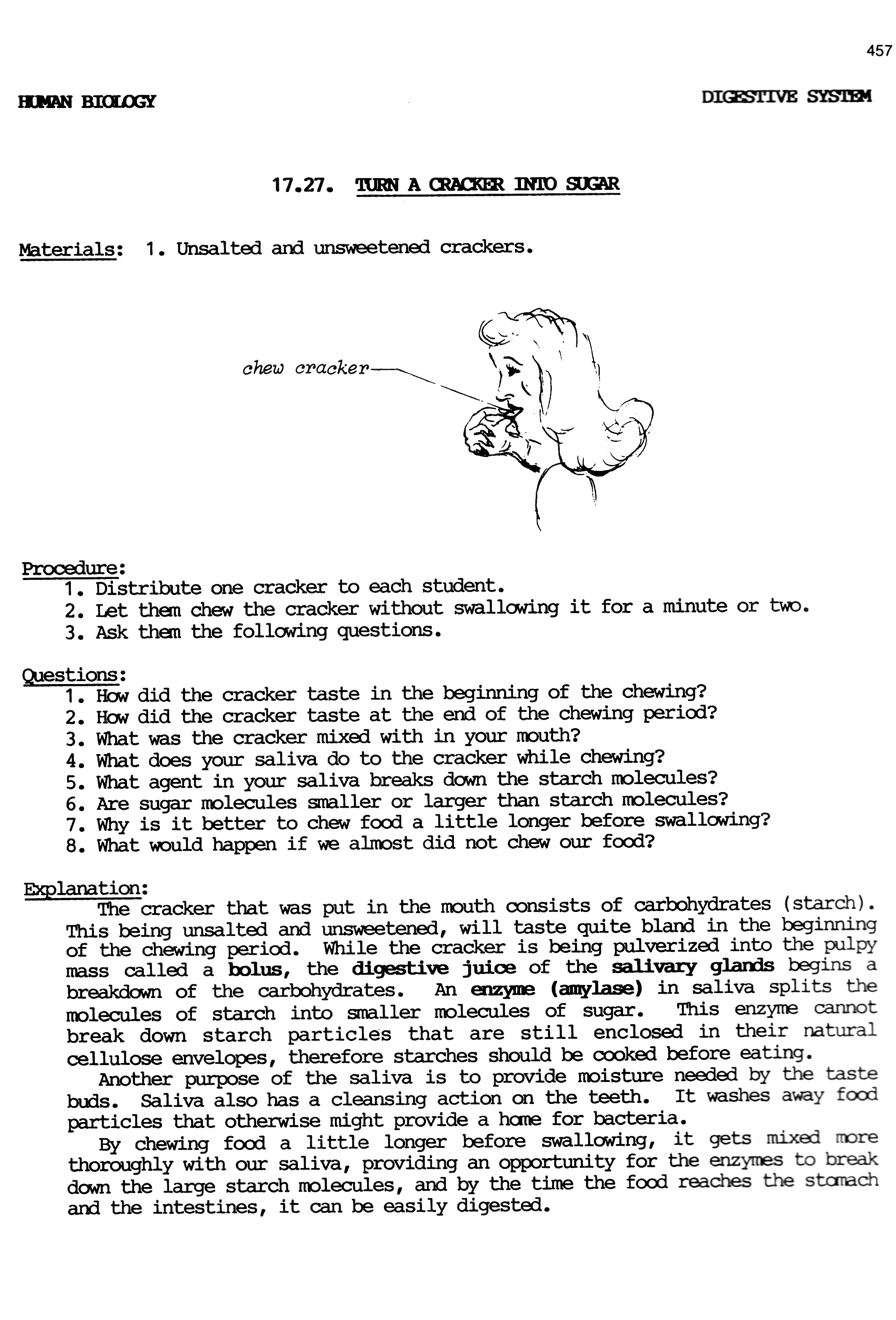
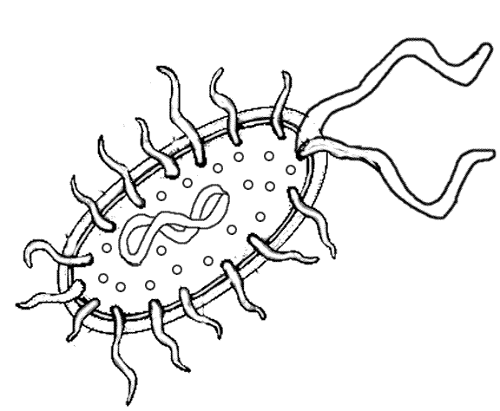


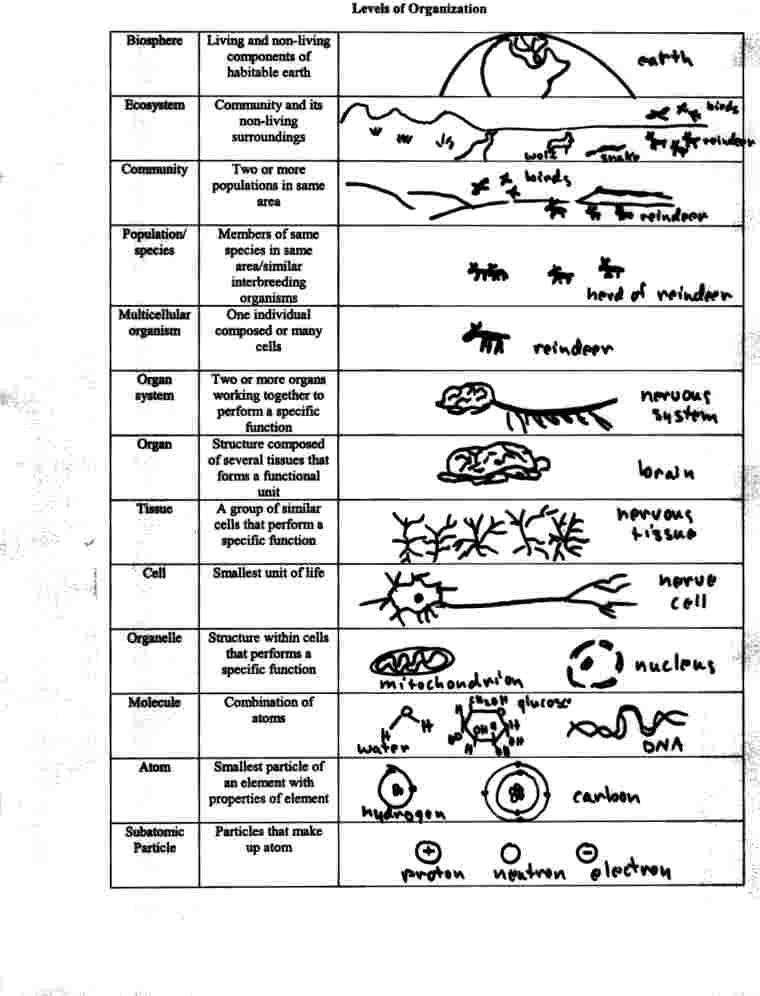
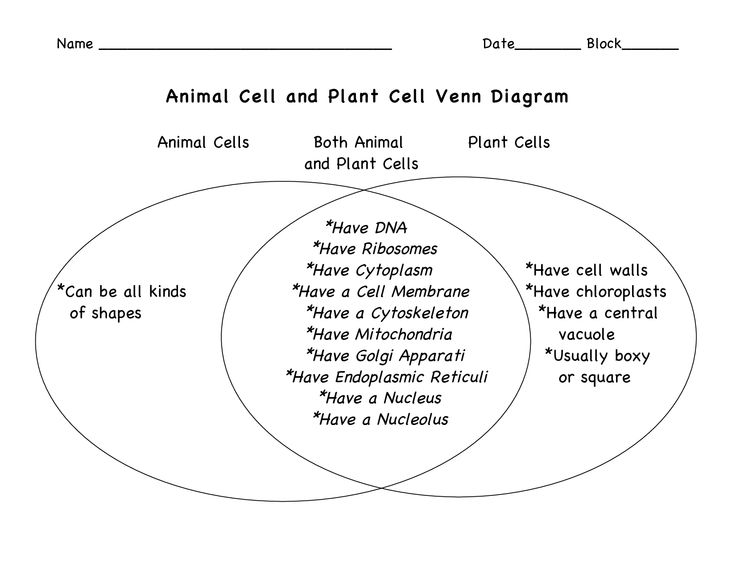











Comments